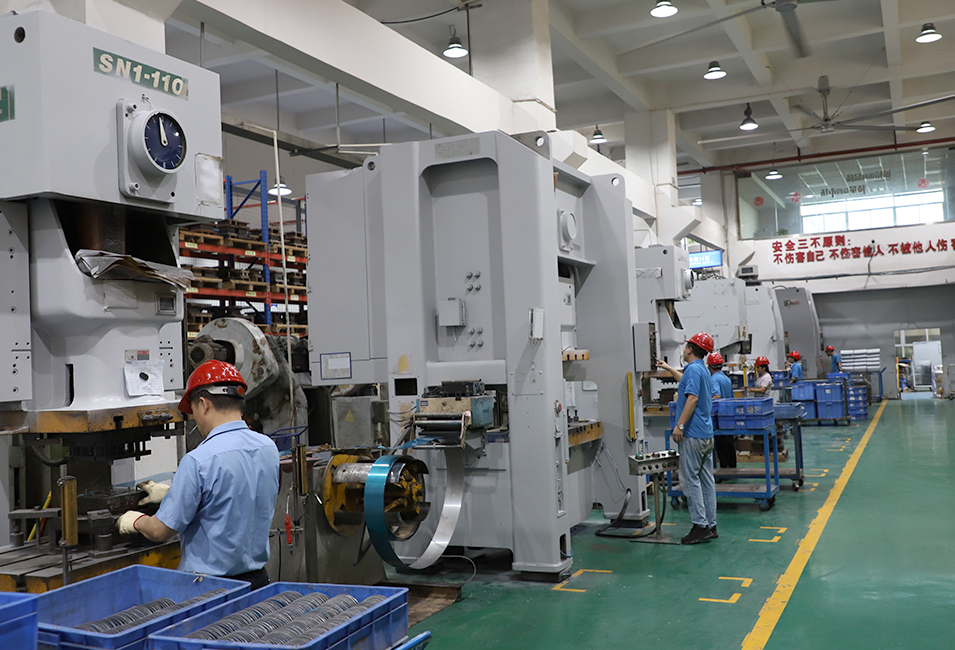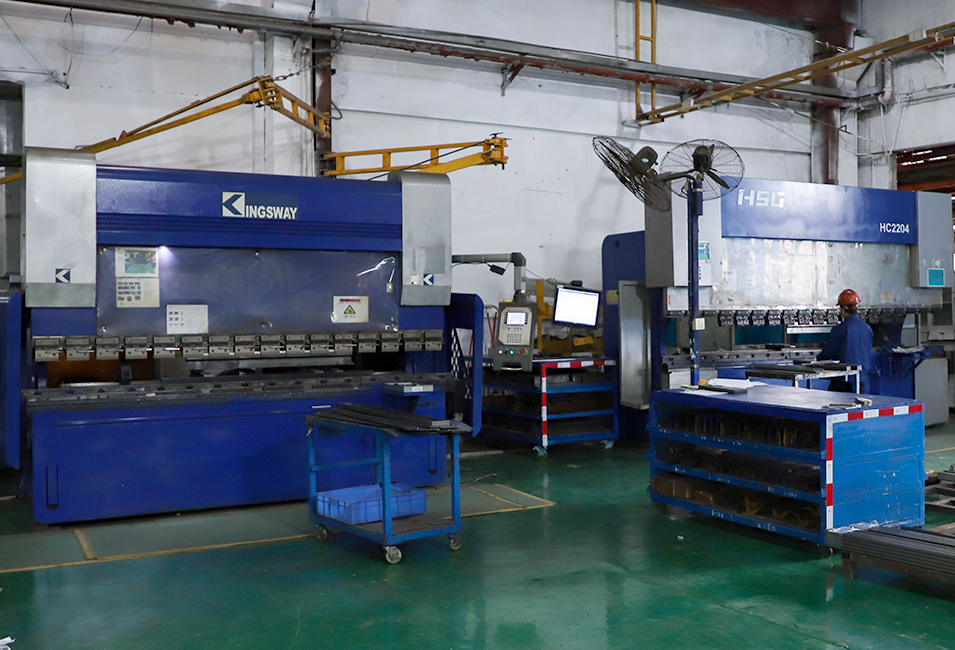Industrial inkjet printer housing - sheet metal fabrication
Get Latest Price| Min. Order: | 1 Piece/Pieces |
| Min. Order: | 1 Piece/Pieces |
Brand: CTT
| Selling Units | : | Piece/Pieces |
The industrial inkjet printer uses laser cutting technology to precisely cut each component, ensuring the precise size and smooth edges. The bending process bends the sheet into the desired shape, providing solid support for the skeleton structure of the case and enhancing the overall structural strength.
In the process of connecting parts, industrial inkjet printers use a variety of technologies such as welding, riveting and seed welding. The welding process makes the parts firmly connected to ensure the sealing and stability of the equipment; The press riveting process further strengthens the connection strength between the components and improves the overall rigidity of the equipment. The welding technology realizes the beauty and firmness of the weld through precise welding parameters and process control.
In order to improve the appearance and texture of the industrial inkjet machine, we use the drawing and polishing process to fine treat the surface, so that it presents a delicate luster and improves the overall beauty. At the same time, ultrasonic cleaning technology ensures the cleanliness of each part before assembly, removing small dirt and particles, providing a good environment for the normal operation of the equipment.

Using modular components and a digital platform, we flexibly meet customers' personalized
operational and product needs.
Utilizing 3D printing and CAD/CAE software, we significantly shorten the product design to
sample verification cycle.
Leveraging IoT technology, we monitor equipment status and production data in real time to
optimize production cycles and maintain quality.
With over 100,000 square meters of production space, 2,300 pieces of advanced equipment, and
1,100 production line workers, we support the delivery of large-volume orders.


Precision Sheet Metal Processing Center
 1 1
How
is sheet metal processing applied in the construction industry? Sheet metal parts are often used in ventilation ducts, roof rain shields, curtain wall frames, etc. in buildings. Sheet metal processing can manufacture parts of various shapes and specifications according to the requirements of architectural design. It has the advantages of light weight, high strength, and easy installation, which can effectively improve the functionality and aesthetics of the building. |
How
to cultivate professional talents in sheet metal processing? Through the study of relevant professional courses in vocational colleges, such as sheet metal processing technology, theoretical and practical teaching is carried out. The company conducts job training within the company, with experienced masters leading apprentices to let employees learn in actual work. Employees are encouraged to participate in industry training and technical seminars to understand the latest technology and industry trends and improve their professional quality. |
 3 3
What
types of talents do sheet metal processing companies need? Sheet metal design engineers are needed who are familiar with sheet metal processes and design software; processing engineers who are proficient in various sheet metal processing processes; equipment operators and maintenance personnel who can skillfully operate bending machines, cutting machines and other equipment and perform daily maintenance; quality inspection personnel who master various inspection methods and standards; and enterprise managers who have production management, cost control, marketing and other capabilities. |

Privacy statement: Your privacy is very important to Us. Our company promises not to disclose your personal information to any external company with out your explicit permission.